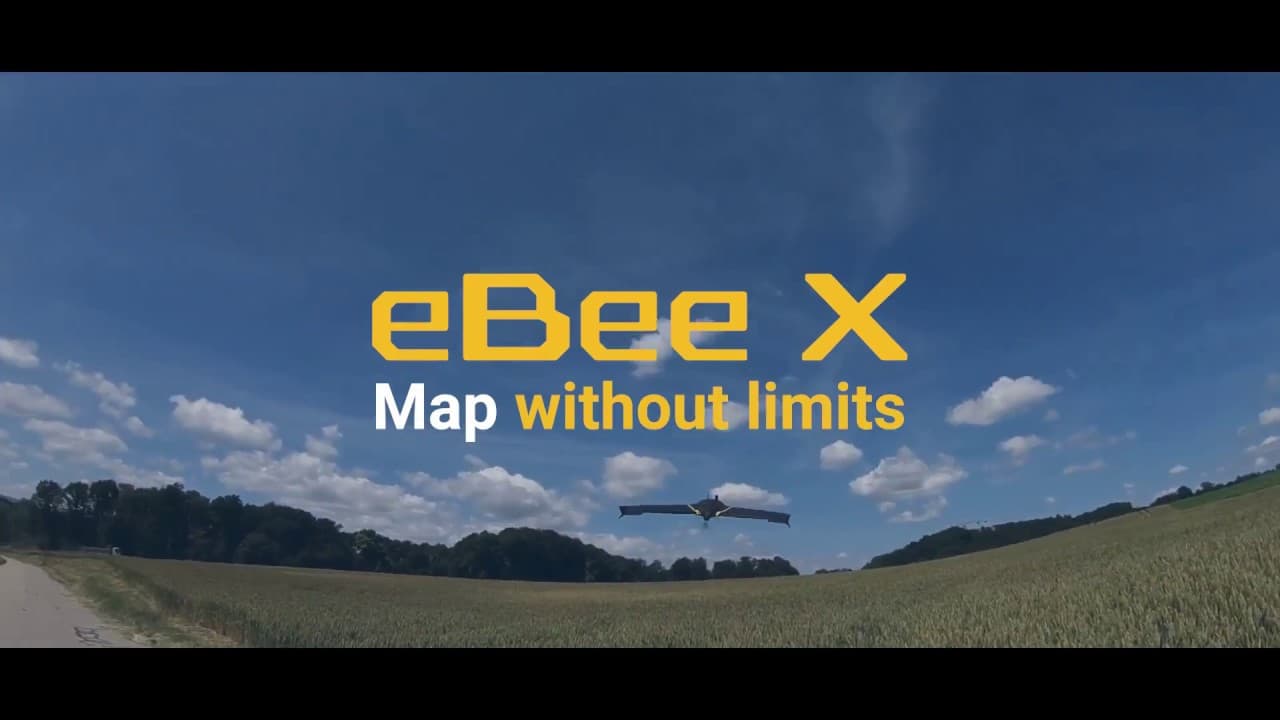Drone types - There are plenty of options to keep a drone in the air: rotary wings, with their upward-pulling propellers, have great maneuverability but consume a lot of power to even just hover. Fixed wing drones with conventional wings and forward-pushing propellers, like normal planes, are efficient but need to be launched somehow. And blimps can hover virtually forever, but aren’t very fast. So the drone of choice will depend heavily on the needs of your business.
Aerial mapping - One such business is that of aerial mapping: flying over huge stretches of land, drones equipped with specialized on-board cameras can monitor the condition of crops, build 3D models of buildings or even count animal populations from the sky. In that business, you’ll appreciate every minute of flight time you can squeeze out of your drone (image below: credit senseFly SA).

senseFly - senseFly is hardly a newcomer in the aerial mapping scene: with over 500.000 flights, their drones have literally covered millions of hectares as they flew over farm land, construction sites or nature reserves. To maximize operational efficiency for large scale mapping operations, senseFly opted for fixed wings drones because of their superior flight times. And you can launch them by simply throwing them in the air, isn’t that neat? It all sounds good, but the hunt for efficiency doesn’t stop there.
Physical meets digital - Although they look sleek and simple, just like regular airplanes, tweaking the aerodynamics of fixed wing drones is in the details: even the smallest variations in wing profile, camera position or winglets can have a substantial impact.
To squeeze out even more performance out of the drones, senseFly, AirShaper and WindShape combined the benefits of field testing, aerodynamic simulations and wind tunnel testing. With proper monitoring equipment on the drone, challenging flight regimes can be detected in the field. Wind tunnels make it possible to study these specific flight regimes up-close (see for example the wing equipped with tufts below to spot the wingtip vortex).
Complementary aerodynamic simulations make it possible to analyze & optimize new designs before they are even built! Analyzing local streamline patterns of the air, comparing pressure patterns on different design concepts, visualizing the flow over the wing surfaces, and many more contributed to obtaining insight in the drone flight behavior. It also made it possible to compare and rank new designs in terms of aerodynamic performance.

eBee X Fixed-Wing Drone - Map Without Limits
Efficiency from above - In most engineering challenges, optimizing in one area means compromising in another. In this case however, the aerodynamic modifications did not impact weight, structural integrity or other prime aspects of drones. The result? An increase of 30% in aerodynamic efficiency featured on the new senseFly eBee-X. Combined with the latest battery improvements, the eBee-X features a flight time of up to 90 minutes!

